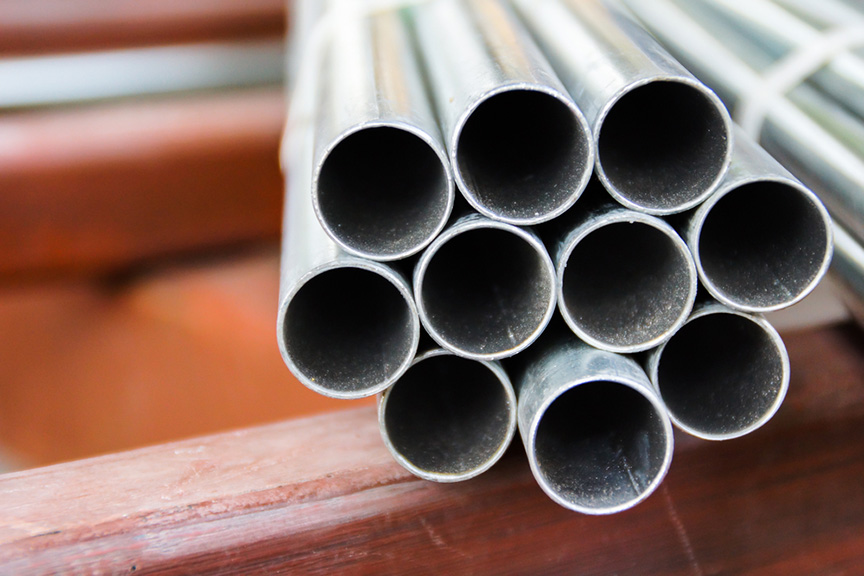
1. Which is stronger, carbon steel or stainless steel?
Carbon steel and stainless steel share the same basic iron and carbon composition. The alloy content is the primary distinction between them. Carbon steel alloy content is less than 10.5%, whereas stainless steel chromium content must be greater than or equal to 10.5%. This fundamental distinction is what gives carbon steel and stainless steel their distinct physical properties. Carbon steel and stainless steel are distinct, but neither is stronger. Everything revolves around the usage environment. Every material has benefits and drawbacks, and the key is to match the steel to the application.
Carbon steel: rusty, brittle, wear-resistant, and used to strengthen fixed structural parts.
Stainless steel is rust-resistant, less brittle, and has lower wear resistance. Regular activities require more robust equipment.
Steel can be found in a wide range of products, from aerospace to kitchenware. This varied application necessitates the use of a versatile material, and steel fits the bill. "Steel" actually refers to an entire family of metal alloys, with hundreds of grades for specific applications, but most people understand that steel is divided into two broad categories: carbon steel and stainless steel.

2. What are the benefits and drawbacks of carbon steel versus stainless steel?
(1) Carbon steel's benefits and drawbacks
Advantages: 1. Low cost and ease of smelting; 2. Advanced processing technology; and 3. Improved performance (C%, heat treatment).
Disadvantages: 1. Low hardenability; 2. Low strength level; 3. Poor tempering stability and heat resistance; 4. Carbon steel becomes brittle below the ductile-brittle transition temperature because it is not resistant to low temperatures. 5. Carbon steel is not corrosion-resistant and cannot withstand atmospheric, acidic, or alkaline salt corrosion. 6. Low magnetic permeability, carbon steel has a low magnetic permeability. 7. In a magnetic field, nonmagnetic carbon steel will inevitably be magnetized. (2) Stainless steel's benefits and drawbacks
Stainless steel has several advantages, including corrosion resistance or relatively high-temperature resistance, general acid resistance, and high-temperature stainless steel with heat resistance and high-temperature oxidation resistance (heat resistance and no skin).
The disadvantages of stainless steel are primarily its high cost and high cost; additionally, stainless steel is not resistant to corrosion by alkaline media.